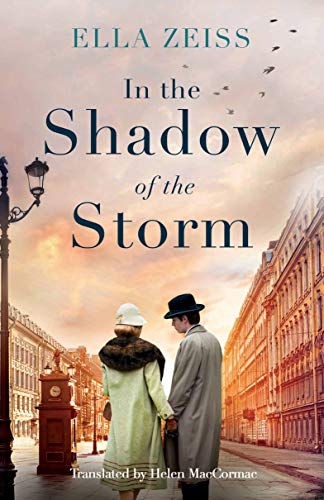In the Shadow of the Storm
In this novel set in the 1930s, Anna is a German-Russian woman doing her best to make a happy life and home for her family in the Crimea region of the newly formed Soviet Union. Recently, her family has had a rough go of things; between the Great War and the proletariat restructuring of the government, it has not been easy. Property owners such as her husband and German-speaking refugees are not accepted by the new government, which is looking for scapegoats. This combination makes them a target twice over for the greedy Soviet machine. It isn’t long before Anna’s family is forcefully relocated to the northern province: a death sentence for many. Unfortunately for many Russians of German descent, this is the best-case scenario. Many are murdered in front of their homes or sent to labor camps. Anna’s neighbor, Hilde, and her family flee the Crimea to avoid being forcefully relocated, but their persecution cannot be escaped, and they live in fear of being found. The Shadow of the Storm is an intimate profile of what the persecuted German-Russians had to endure. Zeiss’ work is an eye-opening narrative to the human rights violations committed by the Soviet Union.
I loved this book. I could not put it down. Unfortunately, the plots involving both families conclude abruptly, and as a reader I was not fulfilled by the conclusion—I wanted more. While it is a good thing to leave readers longing for more, it is another to leave them dissatisfied and even puzzled. If there is a sequel to the book, I’m not sure I would read it and risk subjecting myself to such confusion again. Recommended to readers ready to write their own conclusion.










